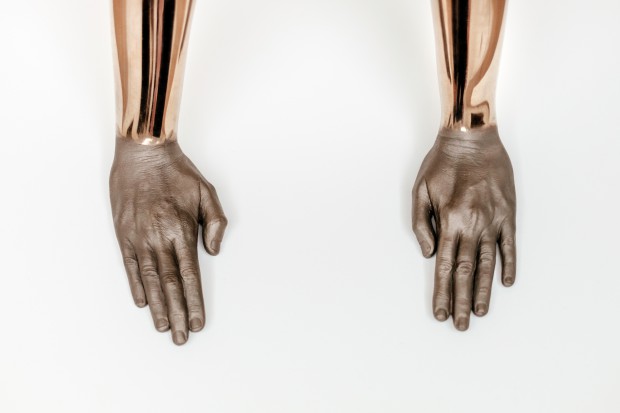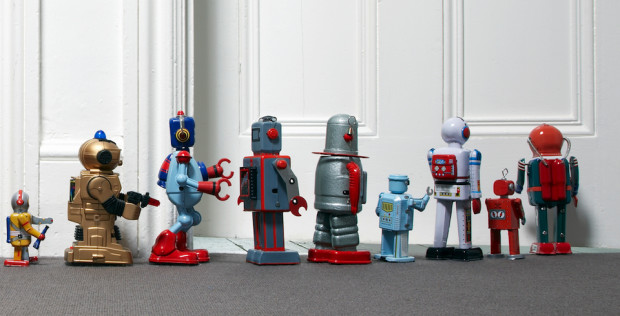Chaque vendredi, dans sa revue de presse, Maddyness vous propose une sélection d’articles qui ont retenu l’attention de la rédaction.
Harcèlement sexuel : la Silicon Valley vit-elle un tournant ?
"La Silicon Valley traite ces investisseurs comme des demi-dieux, devant lesquels les fondateurs de start-up doivent parader pour rester à flots." Et ce sont souvent les femmes qui en paient le prix, ces investisseurs étant en grande majorité des hommes. "C’est une question d’ego et de pouvoir", explique Lisa Wang, cofondatrice de Sheworx, dans la vidéo diffusée par CNN. Les journalistes qui ont travaillé sur le sujet du harcèlement sexuel dans le milieu des nouvelles technologies ne sont elles-mêmes pas en reste. Dans une autre vidéo de la même série, la journaliste Laurie Seagall, qui a interrogé les six témoins, offre son propre récit de rencontres avec des investisseurs qu’elle cherche à interroger pour sa rubrique. Plusieurs d’entre eux lui font par sms des allusions sexuelles, et des propositions. Lire la suite sur Le Monde

How to stop technology leaving young people behind
It’s barely a few hundred yards, but might as well be 100 miles. MediaCity in Salford Quays, Manchester, is one of the biggest digital tech hubs in the UK, benefiting from almost £2bn of investment in recent years – but try telling that to many of the young people living nearby. The city’s economy is booming yet almost a quarter of Salford’s children live in poverty. It is one of the most deprived areas in the country: household debt is on the rise, there’s been a 72% increase in homelessness since 2013 and almost a third of students are eligible for free school meals. The contrasting experiences of these disadvantaged young people growing up on Salford’s crumbling estates and the young professionals working in digital startups a few streets away are acute. The digital divide is measured by more than metres. Technology is part of our everyday lives; it has become integral to the way we interact and communicate with each other. But it can also intensify – even create – some of the major social issues we face today. Lire la suite sur The Guardian

IA washing : des experts dénoncent le recours abusif au terme d’«intelligence artificielle»
On connaissait le green washing (ou écoblanchiment), ce phénomène consistant, pour une entreprise, à se faire bien voir du public en vantant ses initiatives écologiques (par la publicité ou autre) même si celles-ci ont très peu d’impact réel — à l’instar du géant du pétrole Total. Certains spécialistes s’insurgent aujourd’hui contre son équivalent dans le monde de la tech : l’IA washing (ou « AI washing » en anglais). Comme son nom l’indique, elle consiste à valoriser un produit ou une fonctionnalité en l’affublant du label « intelligence artificielle », considéré, dans l’esprit du public, comme un signe d’innovation majeur et positif. Depuis quelques années, les entreprises du monde de la tech ne perdent pas une occasion d’attribuer ce « label » au moindre outil doté d’un semblant de capacité, comme un chatbot, même si celui-ci ne relève pas à proprement parler de l’IA. Lire la suite sur Numerama

Young Digital Artists, Anxious About... Technology
A sleek, black plinth with a black screen in front and a record player perched incongruously on top, it was designed as a prototype for a 21st-century memorial. When David Goodman, the Sotheby’s executive in charge of marketing and digital development, saw it a couple of months ago, its screen was displaying the social media posts of a 25-year-old Miami bicycle enthusiast who had been killed in a roadside hit-and-run. A vinyl record played synthesized chimes, their tone determined by a computer analysis of the emotions those posts expressed — a major key if they were positive ones, a minor key if negative. “I was pretty blown away by the piece,” Mr. Goodman recalled recently in his office at Sotheby’s headquarters in New York. “It also made me sad. I can’t —— Let me put it this way: It struck an emotional chord.” Lire la suite sur le New York Times

Chatbots vs Humains : la guerre aura-t-elle lieu ?
Leur généralisation fulgurante ne fait que commencer ! Nombreux sont les réseaux sociaux et les sites de e-commerce à se doter de chatbots. Selon Oracle, 80 % des entreprises en seront dotées d’ici 2020 afin d’automatiser leur relation client. Gartner va même plus loin, en indiquant qu’au même horizon, un homme interagira davantage avec eux qu’avec sa femme ! Outre un service plus rapide, ces automates digitaux sont susceptibles de procurer une économie de près de 30% sur les coûts de relation clientèle tout un garantissant une amélioration significative de la qualité du service d’après Matt Hopper, Senior Vice-président Global Marketing de IMI Mobile. Mark Zuckerberg, le fondateur de Facebook leur promet même un rôle de composant central dans le développement de l’intelligence artificielle. Lire la suite sur Hello Open World, le blog de KPMG dédié à l'innovation
How doctors used virtual reality to save the lives of conjoined twin sisters
For decades, increasingly sophisticated imaging techniques have allowed doctors to peer into the human body before they cut it open, reducing uncertainty and helping them prepare for complicated procedures. Now, advances in virtual reality may flip that dynamic on its head, allowing doctors to confront the unknown before they even enter the body. The latest evidence of this revolutionary shift in health care is the successful separation of two conjoined newborn sisters in Minnesota. Until their separation in May, Paisleigh and Paislyn Martinez were attached from their lower chest to their bellybuttons — a condition known as thoraco-omphalopagus. Both babies survived the dangerous, nine-hour procedure, a development that Saltzman and other surgeons involved link directly to their use of virtual reality before surgery. “It felt like I was working in the future,” Saltzman said. “It was extraordinarily exhilarating.” Lire la suite sur le Washington Post






